
Ven. Ananda was once thinking to himself that the practice of monastic life depended half on good friends and half on his own effort, so he said to the Buddha, "This is half of the holy life, that is, good friendship, good companionship, good comradeship." The Buddha replied, "Not so, Ananda. Not so, Ananda. This is the entire holy life, Ananda, that is, good friendship, good companionship, good comradeship (kalyana mitta)"
So this path to liberation all starts with a good friend, a Noble friend(Kalyana Mitta or some times also referred to as Sathpurisa in Pali).
Now who is a Kalyana Mitta ?
1. One who has faith (Saddha) in Buddha, Dhamma and the Sangha and encourages you to do so.
2. One who has virtue (Sila) and encourages you to do so.
3. One who practices generosity (Dana) and encourages you to do so.
4. One who has the "Right View" (Samma Dhitthi) and and encourages you to do so.
So how does the path to liberation starts with a good friend (Kayana Mitta) ?
I heard this excellent Dhamma talk yesterday by Ven. Muditha Thera at the Missisauga Buddhist Vihara. The sutta was called Avijja sutta (AN 10.61). I could not find an English translation of this sutta so far on the web therefore I will try to summarize it.
This sutta basically talks about factors that will influence Ignorance. To be free from ignorance is one of the main tasks in this path. A good friend is essential for this task.
Now lets examine how it works according to this sutta.
There are two sequences discussed in this sutta. Each of the factors in both sequences has its own nutriment.
The first sequence:
1. Ignorance (Avijja) and the nutriment for ignorance is...
2. The five hindrances (Pancha Nivarana) and the nutriment for this is...
3. The three ways of bad conduct (mind, body and speech) (Trivida Duscharita) and the nutriment for this is...
4. Unrestraint of faculties (Indriya Asanvaraya) and nutriment for this is...
5. Unmindfulness and no clear comprehension (Asati and Asampajanna) and nutriment for this is...
6. Unwise consideration (Ayoniso manasikara) and nutriment for this is...
7. No confidence/faith/conviction (Asddha) (in Buddha, Dhamma, and the Sangha) and nutriment for this is...
8. Not listening to true Dhamma (asadhamma sarvanaya) and nutriment for this is...
9. Not associating with good friends or Kalyana Mitta (Asathpurisa Sevanaya).
So NOT associating with good friends or Kalyana Mitta (Asathpurisa Sevanaya) is the staring nutriment to the path that finally ends up with Ignorance (Avijja).
The second sequence:
1. True Knowledge (Vijja) and the nutriment for this is...
2. The Seven Enlightenment factors (Saptha Bojjhanga) and the nutriment for this is...
3. The Four Foundations of Mindfulness (Satara Satipattana) and the nutriment for this is...
4. The three ways of good conduct (mind, body and speech) (Trivida Sucharita) and the nutriment for this is...
5. Restraint of faculties (Indriya Sanvaraya) and nutriment for this is...
6. Mindfulness and clear comprehension (Sati and Sampajanna) and nutriment for this is...
7. Wise consideration (Yoniso Manasikara) and nutriment for this is...
8. Confidence/Faith/Conviction (Sddha) (in Buddha, Dhamma, and the Sangha) and nutriment for this is...
9. Listening to true Dhamma (Sadhamma Sarvanaya) and nutriment for this is...
10. Association of good friends or Kalyana Mitta (Sathpurisa Sevanaya).
...And again you can see association of good friends or Kalyana Mitta (Sathpurisa Sevanaya) leads to that path that ends in True Knowledge or Vijja
These two sequences are almost an opposite mirror reflections of each other. However in the first sequence the Five Hindrances are replaced and reflected as two factors in the second sequence, The Seven Enlightenment Factors and The Four Foundations of Mindfulness. This is because the suppression of the Five Hindrances will help to establish the The Four Foundations of Mindfulness and that will lead to the Seven Enlightenment Factors.
Also read:
The formula to progress in path of enlightenment
http://wisdomthroughmindfulness.blogspot.com/2008/06/formula-to-progress-in-path-of.html
P.S.
1. I will post here the link to Ven. Muditha Thera's talk (in Sinhalese) when it is available.
2. Here is an link to an English audio discussion of this Aviija sutta which I found in the internet:


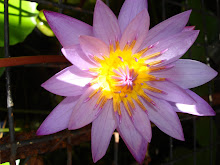












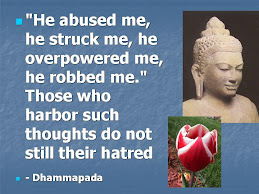

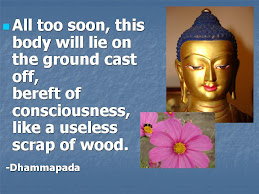

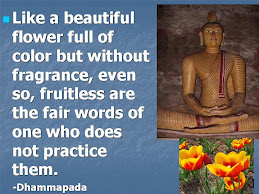


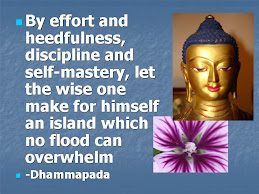

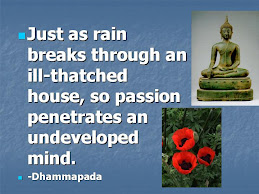


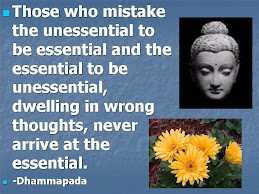
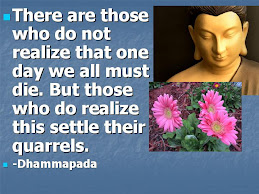
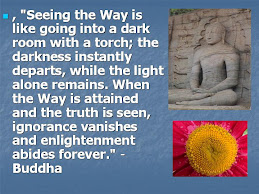

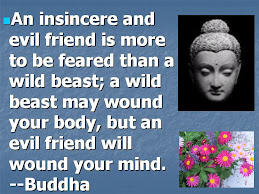
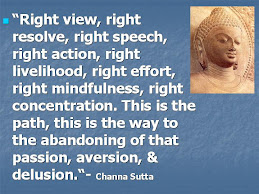

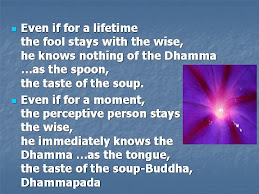



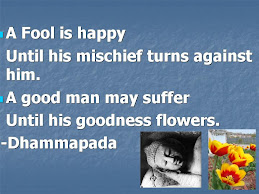
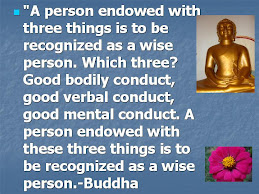

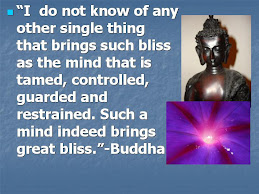
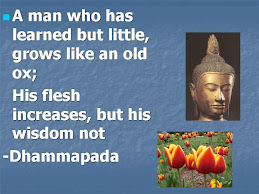
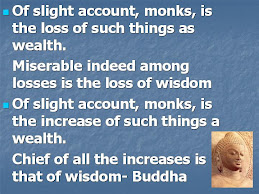
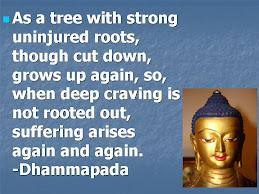
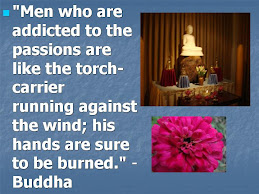


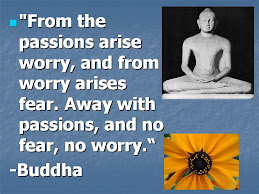
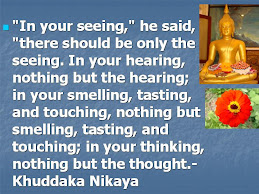




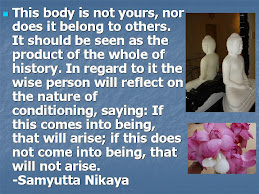
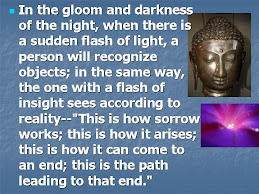
















4 comments:
Kind Sir
I can understand that to have Dhamma friends of skillfull actions ( mind, body, and speech)is of great benefit. But I am failing to understand how these comrades could be considered all of the spiritual path considering how much emphasis is places on personal insight/ experience. How would you suggest I reflect on this?
With respect and curiosity
Mindfully
Derek Clark
Kind Sir Derek,
It is like this. Say there is some trash you want to bun but somehow you cannot get access to it as it is hidden in a cave. But you have fuel and you can pour into it. However you need a lighter (or a match) to generate the fire to ignite the fuel.
In this simile I made up the trash mental defilements. The cave is ignorance. Fuel is your five spiritual faculties (faith, effort, mindfulness, concentration, wisdom). The lighter (or the match) is the kalyana mitta (good friend), that generates the fire that triggers to whole reaction.
However having said that..
Ven. Ananda was once thinking to himself that the practice of monastic life depended half on good friends and half on his own effort, so he said to the Buddha, "This is half of the holy life, that is, good friendship, good companionship, good comradeship." The Buddha replied, "Not so, Ananda. Not so, Ananda. This is the entire holy life, Ananda, that is, good friendship, good companionship, good comradeship (kalyana mitta)"
We all know in the Path to enlightenment there are four factors. The first two
are external factors (you gain from outside). The last two are
internal (has to come within you)
1. A Noble Friend (Kalyana Mitta)
2. Listening to Dhamma (Sadhamma Savana)
3. Wise Attention/Mindful reflection (Yoniso manasikara)
4. Practicing Dhamma -Mindfulness, Concentration (Dhammanu Dhamma
Patipada)
http://wisdomthroughmindfulness.blogspot.com/2008/06/formula-to-progress-in-path-of.html
So in a way Ven. Ananda was right. Half of it come from a Kalyana mitta. Therefore your point is well taken as well. In this spiritual path much emphasis is places on personal insight/ experience. This as are the factors #2, and #3 that comes within you.
However if we apply the simile above if there is no fire there is no burning of trash. Fuel is important. But fire is critical.
In sutta’s Buddha has skillfully used many comments like such as Ven. Ananda’s above as good teaching points to expand on Dhamma. Avijja sutta may be one like that.
Last but not the least Derek you are a Kalyana Mitta.
With Mettha
Piyal
I seldom leave comments on blog, but I have been to this post which was recommend by my friend, lots of valuable details, thanks again.
Post a Comment